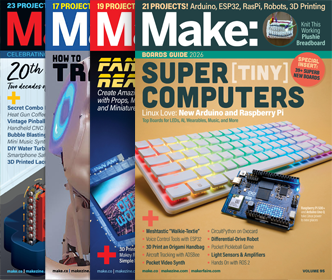The Delta Go has an elegant design that would look great on the desk in your design studio. It takes up about as much room as a lamp, and with its ring of LED indicator lights it can almost double as one. In addition to lighting the bed, the LED ring acts as an indicator light for the hot end. The printer has no display, just an on switch and USB and MicroSD slots.
The print head ships detached from the body of the printer and you’ll have to attach the head and delta arms to the body of the printer with spherical rare earth magnets. While seemingly simple, it hurts the user experience. I ran into problems attaching the arms correctly, since it’s easy to attach them in a way that looks OK, but is incorrect. The only indication is a failure of the bed leveling script to run. Better images and written instructions could’ve prevented this problem.
The arms, when attached correctly however do snap into place easily. The magnets act as ball joints for the delta printer’s arms as they move up and down. When printing, the arms generally operated without error. However, if the nozzle hits the print or bed just right, it can knock these magnets out and you end up extruding sideways and creating a pile of spaghetti.
Like most delta printers, the Delta Go has a Boden extruder. Loading the filament was relatively easily but the plastic has to curve around the gears in the extruder, which can take a little effort to get through. We found a combination of releasing and reengaging the gear helped move it along its winding path. Once it’s through, the printer can feed the plastic to the print head. The printer has an auto-leveling routine that only needs to be run when the printer is moved.
The small hotend warms up quickly. There’s no bed to heat, so you can expect your prints to start relatively fast once loaded. You can print tethered via USB from Cura or using the MicroSD card. The printer doesn’t come with a spool holder, which for me caused a few jams until I found a way to keep the plastic rolling off the spool smoothly.
Prints from the Delta Go were OK but not exceptional, especially given the improvements in printers overall. One problem that seems to persist was strings of plastic between print parts, which is likely an issue with retraction. This might be fixed with changes to your slicer settings, but using the supplied defaults didn’t result in great prints.
Overall the Delta Go is a compact little printer, with an elegant look but has few kinks when operating. It also lacks some of the features found in other recently released printers such as wireless printing and better on-board user interfaces. But if you’re looking for a compact, inexpensive printer that will fit in almost any desk space, the Delta Go is a tiny alternative to the big square boxes that dominate the 3D printing world.








